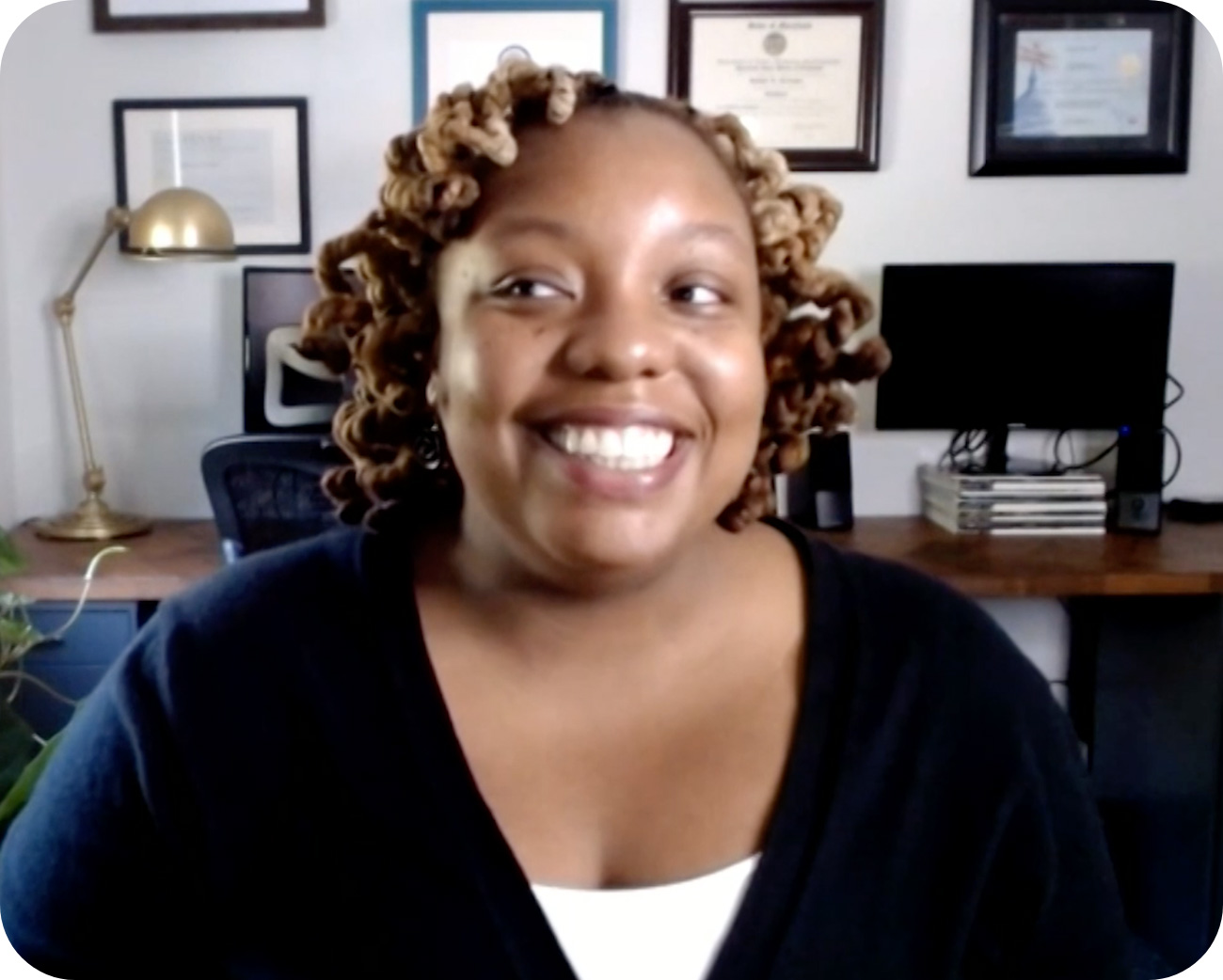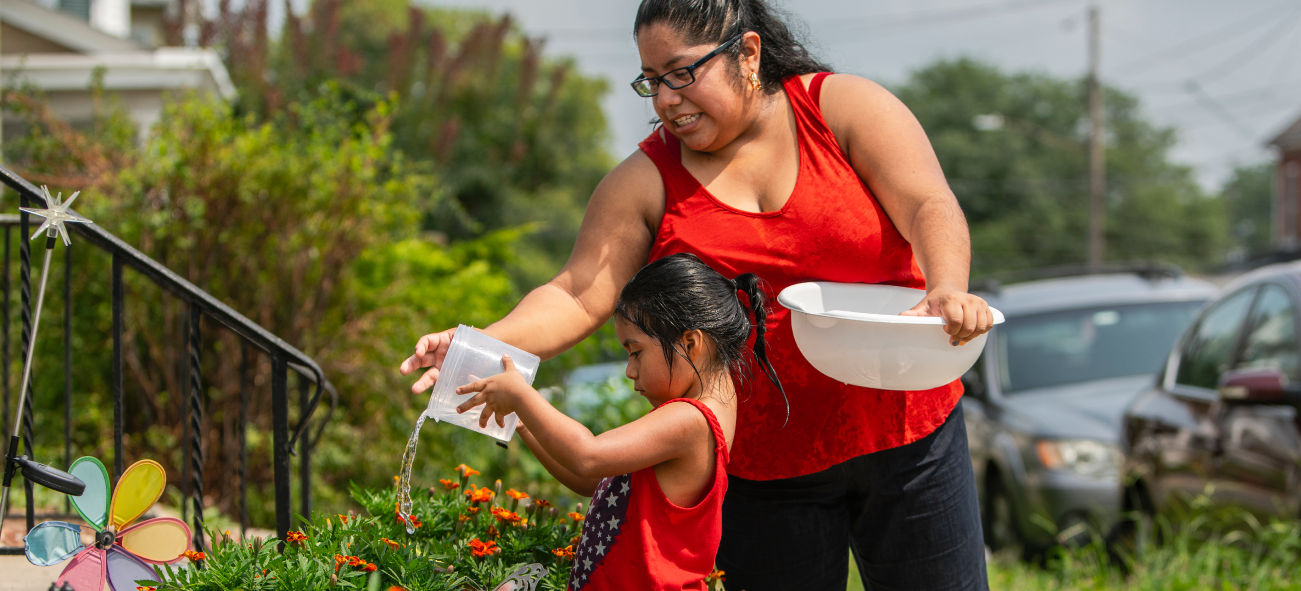
- Home
- About Us
- Environmental, Social, and Governance (ESG)
- Social Impact
- The Housing Journey
- The Black homeowning journey
The Black homeowning journey
This researched Housing Journey identifies distinct obstacles that may affect Black consumers throughout their homeownership experience. You’ll also be able to learn about solutions we’re creating to help address these barriers every step of the way.

Challenges
do not know how much would be required for a down payment.
2018 Fannie Mae Mortgage Qualification ResearchReadiness to own
Black renters desire to own a home one day and are interested in learning about many of the financial aspects of buying a home, indicating an information gap.
Black households were 76% more likely to be foreclosed upon
than non-Hispanic white households between 2005 – 2008.
Bocian, et al., 2010Housing trauma
Black homeowners experienced higher rates of foreclosure during the financial crisis. As a result of this or other housing trauma, they may have doubts about purchasing a home.
Fannie Mae actions
- Expanded Financial Capability Coaching & HUD-approved counseling
- HomeView® (available in English and Spanish)
Challenges
Real estate professionals show Black consumers more disadvantaged neighborhoods with lower shares of skilled and college-educated residents.
Christensen and Timmins, 2021Real estate professional bias
Searching for a home may be more difficult for Black consumers due to real estate professional biases.
Christensen and Timmins, 2021
Black mortgage applicants were denied 1.2 times the rate of white applicants
in 2017 after controlling for credit and other factors.
Goodman and Bai, 2018Mortgage application rejection
Debt-to-income (DTI) ratio and credit histories are the most common reasons for denial for all borrowers.
Fannie Mae calculations using HMDA 2019, AHAR definitions
Fannie Mae actions
- Positive Rent Payment History & cash-flow underwriting in Desktop Underwriter®
- Special purpose credit programs
- Appraisal modernization and valuation products
- Housing opportunities for credit-invisible Black renters (PRP)
- Value derived from Social Index
- Expand Future Housing Leaders® (FHL) to increase access to paid internship and entry-level job opportunities in the housing industry offered by top employers who are actively engaged in promoting diversity and inclusion
- Continue pilot of special purpose credit programs (SPCPs) to help support the expansion of homeownership and availability of down payment assistance (DPA) while exploring ways to reduce SPCP participation hurdles for lenders
Challenges
$156 billion
in lost equity
as a result of appraisal bias and devaluation.
Home devaluation
A 2021 Brookings Institution report found that the median value of homes in Black census tract neighborhoods was 23% less than median homes in non-Latino or non-Hispanic white census tracts.
Brookings Institute, 2021
Emergency preparedness
Black homeowners could be less able to withstand emergencies like natural disasters or job loss due to limited savings. They are also less likely to be informed of flood risks or FEMA’s National Flood Insurance program.
Fannie Mae Consumer Flood Risk Awareness and Insurance Study, 2021 February 2022
Fannie Mae actions
- Valuation modernization to support an equitable appraisal process for Black and Latino households and communities of color
- Expand Appraiser Diversity Initiative to attract new entrants to the residential appraisal field by reducing barriers to entry (such as education, training, and experience requirements) and fostering diversity, which we believe will help to reduce the instances of appraisal bias for Black and Latino communities
- Expand counseling services for renters and homeowners facing hardship
- Fair servicing best practices
- Pilot homeownership sustainability services, such as post-purchase counseling and mortgage reserve accounts, as a feature of special purpose credit programs (SPCPs) to strengthen borrower housing stability over time
Fannie Mae actions to help diversify the housing industry
We are pushing our company and the housing industry to better reflect the true diversity of our nation and communities we serve. Our innovative programs aim to grow a more inclusive housing sector for renters, homeowners, lenders, borrowers, and our employees.
- Future Housing Leaders® — Attracts more college students to positions across the mortgage and housing industries.
- Appraiser Diversity Initiative — Encourages and places more people of color in the real estate appraisal profession.

Jessica Brown, Appraiser Diversity Initiative

Read next: The Latino homeowning journey
Learn about distinct obstacles that may affect Latino consumers throughout their homeownership experience.

Knocking down barriers
At Fannie Mae, we’re changing the way we do business together to ensure an affordable, inclusive, and accessible housing market. Visit our Progress with Purpose page for a broader look at our efforts.
Business Partners
Homebuyers, Owners, & Renters
- Educational Resources
- Credit Basics
- HomeView Homeownership Education Course
- HomePath - Search for Homes
- Make Your Rent Count
